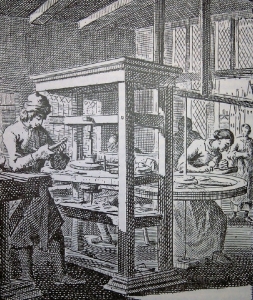craighnt
Shiny_Rock
- Joined
- Sep 8, 2013
- Messages
- 133
Am I imagining this as possible? I have an old mine cut diamond ring that seems to have a lot of life, more so next to a modern brilliant. The Old Mine Cuts are not very symmetrical, usually lower in color and or clarity so in theory they could never be as perfect at reflecting light yes or no? Is it possible the people cutting diamonds back then had a better feel or understanding of what made a diamond really show its best as opposed to the more formulaic modern cut round focused on symmetry?
I read a story about how they were cut under different like, such as gas lamps or candle light which makes the really stand out under those conditions as compared to modern lights. Is that true? The reason I ask is the first time someone noticed my ring (dinner with friends at a restaurant) without me showing them first was under these exact lighting conditions.
I read a story about how they were cut under different like, such as gas lamps or candle light which makes the really stand out under those conditions as compared to modern lights. Is that true? The reason I ask is the first time someone noticed my ring (dinner with friends at a restaurant) without me showing them first was under these exact lighting conditions.








300x240.png)